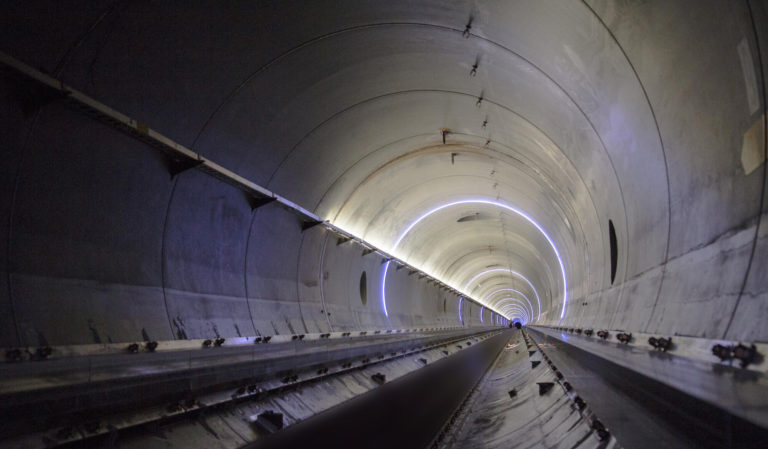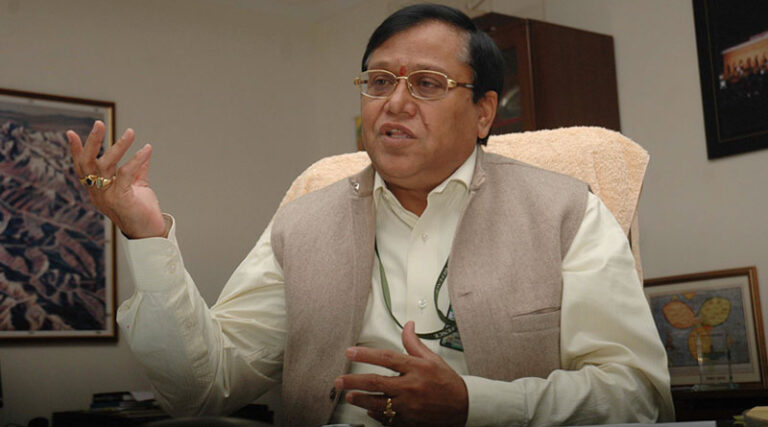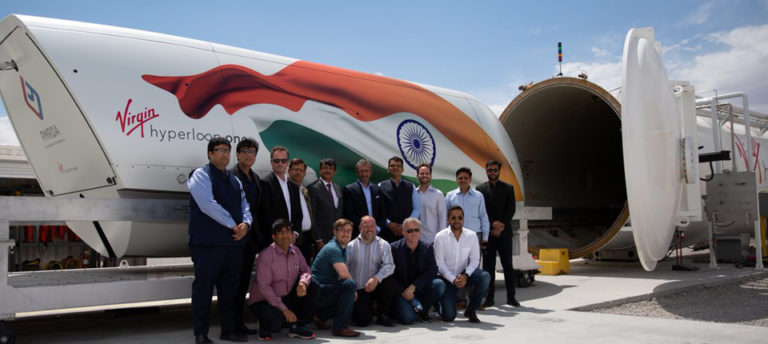Poland is one of biggest countries in the European Union, and at the crossroads of several major EU transport corridors, yet it is also the biggest EU nation without high-speed transportation. The engineers, architects, and designers behind the Hyperloop Poland proposal seek to change that with a plan to connect the capital city of Warsaw with the manufacturing and tech center of Wroclaw in 40 minutes, compared to 3.5 hours by rail or three to four hours by car or truck. The route’s first phase would connect Warsaw to Lodz, a logistics hub in the heart of the country and midway along the route. A Hyperloop terminal could catalyze economic development in Lodz, which is already one of the European terminals of China’s New Silk Road logistics network from Asia. It would also reduce daily commute congestion along the Lodz-Warsaw corridor, where seven out of ten passenger trips are done by vehicle.
The Hyperloop Poland team adapted its route from a 2012 feasibility study for an $8 billion high-speed rail project that was suspended by the federal government in 2014. That bullet train’s speed-to-cost ratio was deemed “dissatisfying,” but Hyperloop offers speeds 2-3 times faster than high-speed rail and can be built for two-thirds of the cost while fitting into narrower rights of way that trains cannot. The Hyperloop Poland team believes the new federal government coalition formed in 2015 would be more receptive to backing a Hyperloop project over the rail plan. Hyperloop Poland won the support of the Polish Development Fund and the Ministry of Economic Development. Poland’s special tax on the increase in property values caused by infrastructure development could be a major source of funds for the project.
The proposed east-west route is geographically attractive as it’s flat and follows existing rights of way along rail and road. The Hyperloop Poland team considered a southern route from Warsaw to Krakow, Poland’s second-biggest city, but saw greater benefits in aiming the first leg of this network west toward the European heartland. Krakow and Warsaw already have good rail connections whereas Wroclaw-to-Warsaw does not. The team’s business case assumes connections to city center train stations as well as airports and expects that, if successful, would be certified and operated by the Polish Rail Administration.
The Polish group, as with all Hyperloop One Global Challenge proposals, still has a lot work to do to firm up their business case, secure a path to financing, and sort out an approach to gaining regulatory approvals. The Global Challenge has unearthed creative ideas and enthusiasm around the world. Now the real effort begins.



